In an effort to preserve one of Pennsylvania’s historic homes, the Department of Conservation and Natural Resources (DCNR) is marketing for sale, removal, and preservation a two-and-a-half-story, 3 bedroom, one bath, Shingle-Style house with many beautiful original features including wooden floors, trim work, railings, plastered walls, windows, doors, fixtures, and wood shingle detailing on the exterior.
Interested?
In 1900, J. Harvey and Della Robinson built what the local Altoona Tribune claimed to be “the prettiest and most convenient house in the village.”

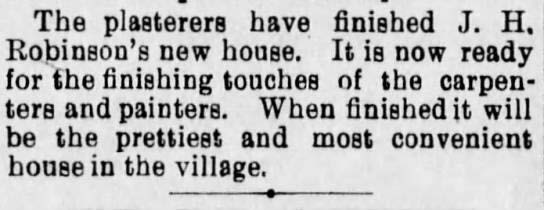
Located in the village of Canoe Creek along and just north of US Route 22 (1287 US-22, Hollidaysburg, PA 16648) in Frankstown Township, Blair County, Pennsylvania, this domestic residence sits in the path of the proposed Lower Canoe Creek Connector Trail project and is proposed for removal either by marketing to dismantle and move it or by demolition.
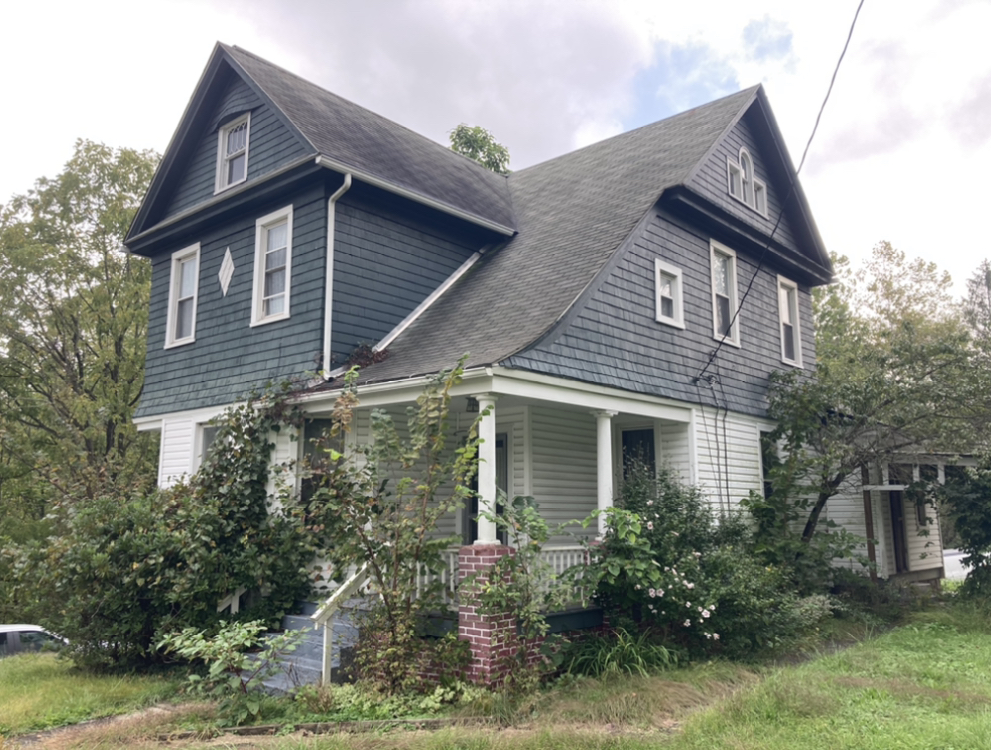
DCNR and its partner in preservation, the Pennsylvania Historical and Museum Commission’s State Historic Preservation Office (PHMC PA SHPO) seeks to identify a potential buyer that would disassemble the structure and relocate it from park property with the intent to preserve and retain its historic character and traits in keeping with the Secretary of Interior’s Standards for the Treatment of Historic Properties. Nearby lots or parcels would be ideal for relocation of the structure helping to keep this piece of local history… local!
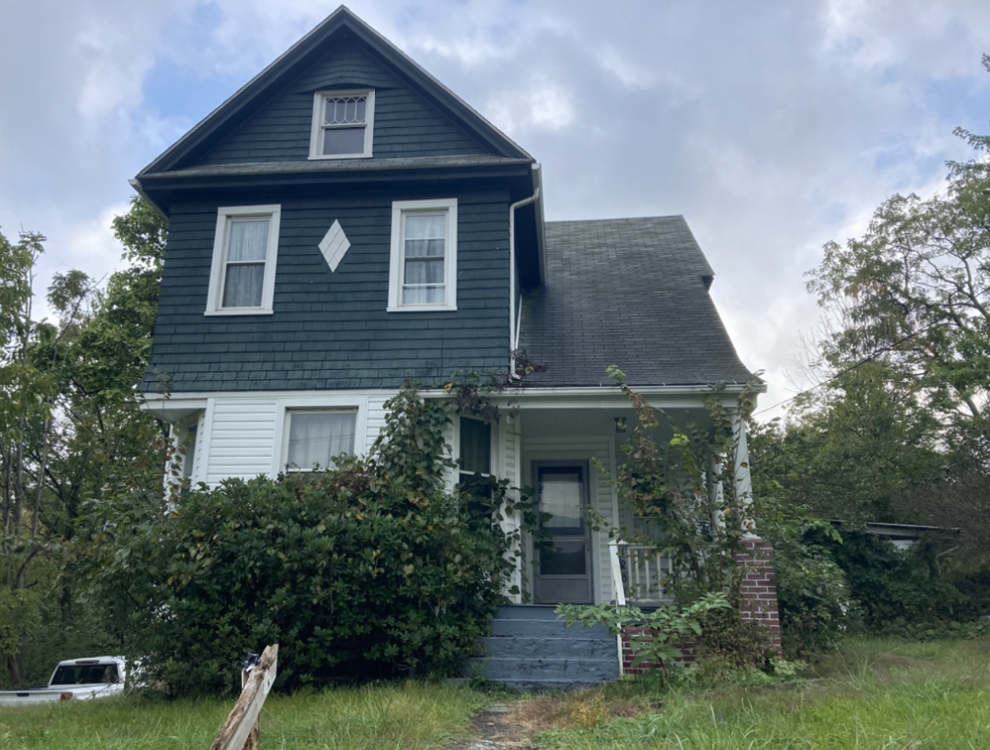
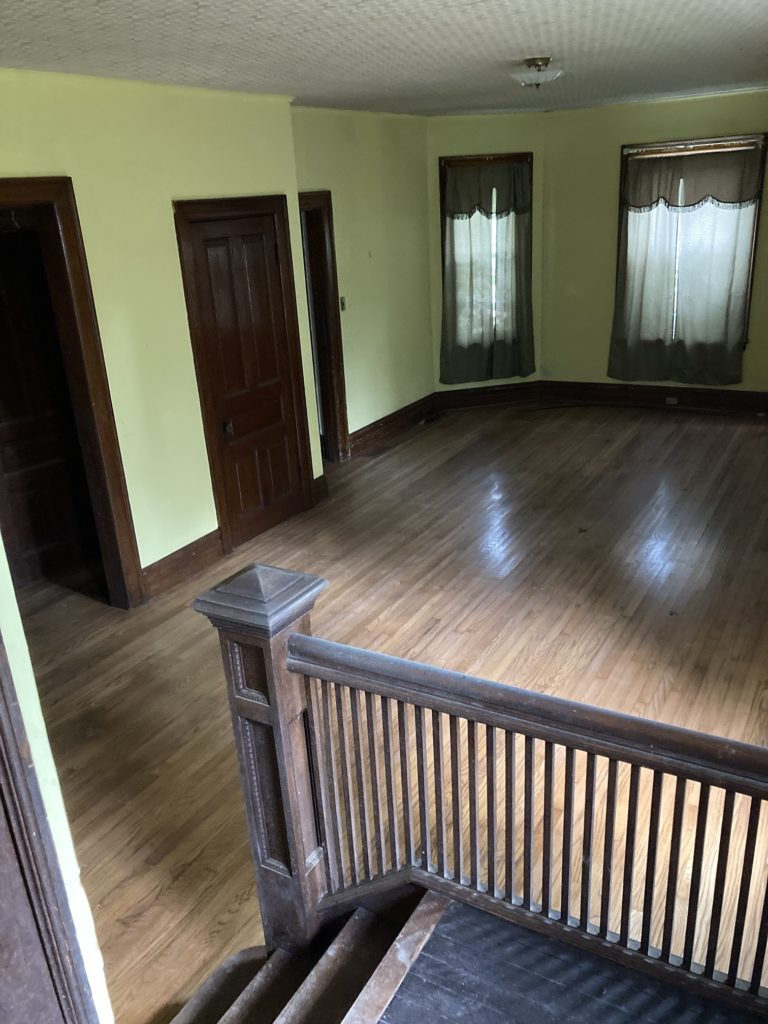
Robinson’s (Pittsburgh) Ganister Quarry, near Canoe Creek and Flowing Spring, was one of the many quarrying interests in the regions burgeoning extractive industries around 1900. The foundation and landscaping stones are a nod to the family’s quarrying connections.
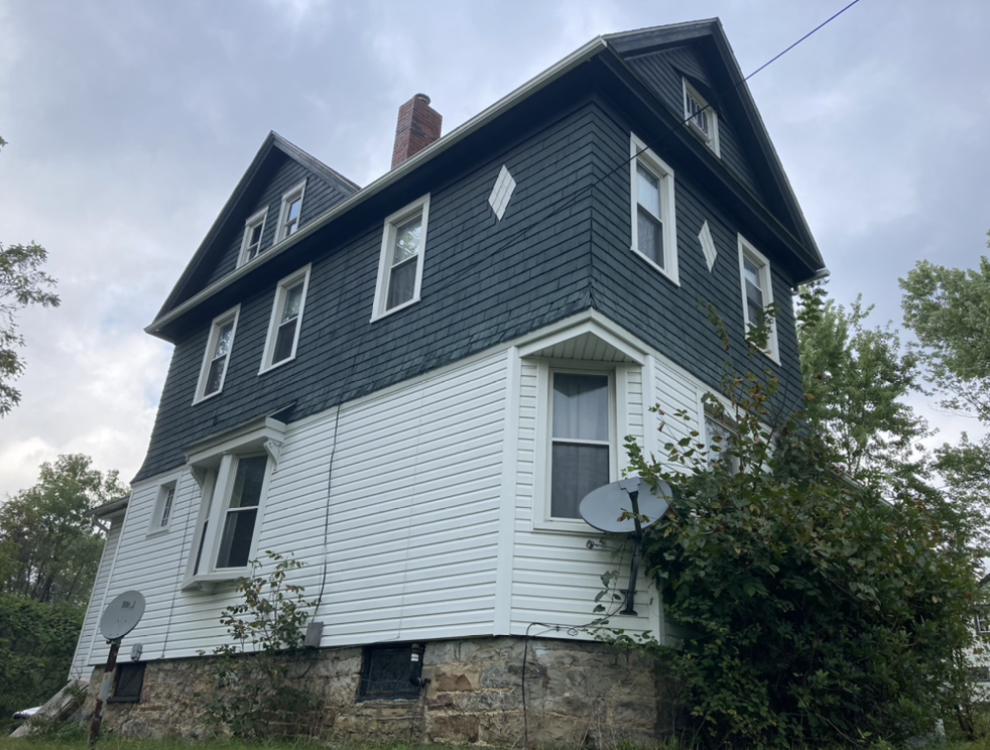
The local newspaper chronicled the rise in the demand for ganister (sandstone) stone from Robinson’s quarry at the turn of the century. The broader regional limestone industry flourished similarly throughout the early 20th century as evidenced by the many kilns, railroad tracks, and quarried spaces still visible today in Canoe Creek State Park and along the Lower Trail!
The historic residence is being marketed through the state surplus process of the Department of General Services (DGS) via the website, https://www.govplanet.com/jsp/s/item/8737804. DCNR is seeking potential buyers until February 24, 2023 with removal of the structure from state property by November 30, 2023.
If you have an interest in purchasing the residence for removal or would like to view the structure, please contact DCNR’s Canoe Creek Park Manager, Joe Basil at jbasil@pa.gov.
Today’s guest post is courtesy of DCNR.
This is a wonderful-looking house, and I hope it will be saved!
Why can’t the city pay for the move as section 106 adverse impact resolution? Why must the building be moved for a bike path? This doesn’t seem very preservation-friendly.
I don’t know the whole story on this. So, my comments may be off the mark. But if my memory is correct, DCNR has at least one bike path constructed and aligned adjacent to an active railroad line. Lots of safety and insurance hoops to jump through with active railroads. But that was accomplished. So why is it necessary to move a house to build a connector trail? It’s good to know that the state is at least paying lip service to preserving this house. But the cost of dismantling and rebuilding a house like this isn’t at all realistic. If it has to be moved it should be moved and/ or dismantled and rebuilt using state and federal transportation funds. Maybe the house could be repurposed as a youth hostel along the trail.